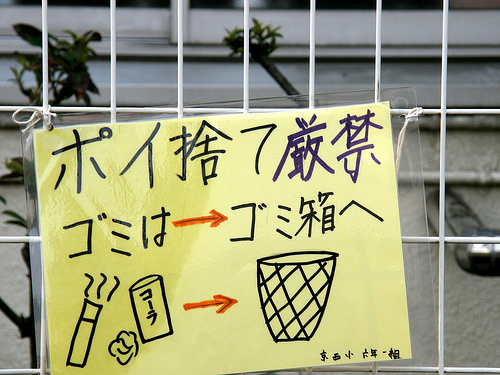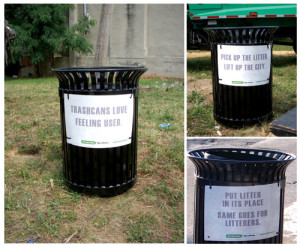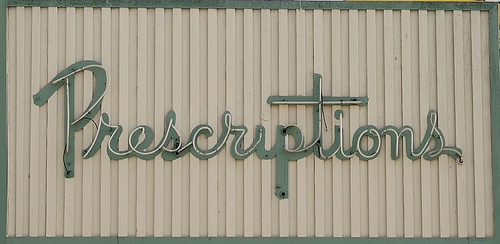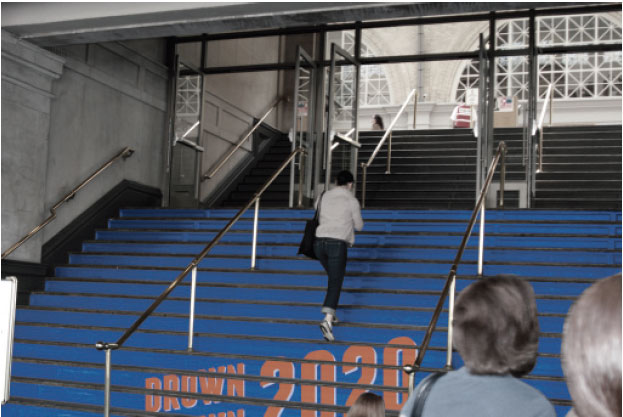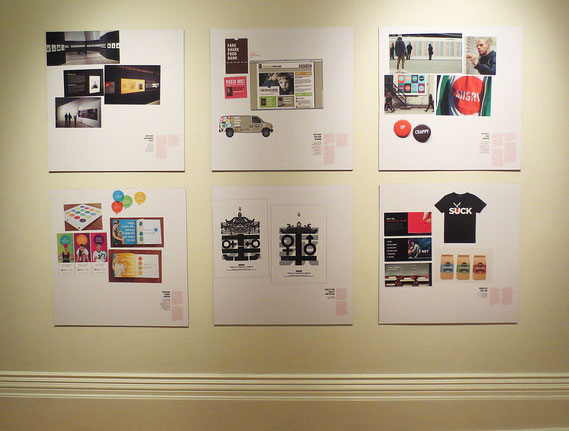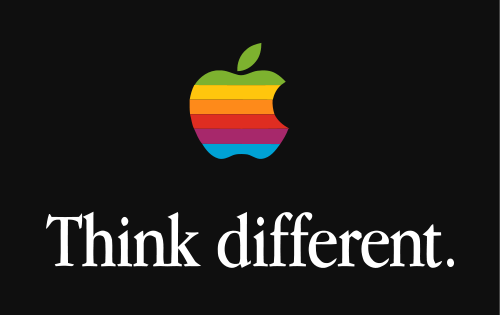
Last week I attended an AIGA DC event, listening to magazine editor Scott Kirkwood and in-house designer Annie Riker speak candidly about their work elevating the design of the National Park Conservation Association’s magazine. What began mostly as a glorified newsletter has become an award-winning publication, blazing a trail that helped elevate the entire fleet of print design coming out of their in-house creative department.
Granted, the transition took time (eight years), and the vision of an employee who made it his passion to make the work better. It also took multiple small steps and taking risks on investing in the creative department, and, ultimately, its output. Kirkwood was pivotal in educating his constituents within the organization—regional offices, fundraisers and supervisors—and once these key players started seeing the results and hearing the positive feedback of the new and improved look, they became increasingly aware of the power of good design. Readers even commented on the revamp, something that had never happened before.
If people realize that design is a stimulant to increasing readership, raising awareness and opening checkbooks (smart businesses have even started buying design firms), why then, do so many nonprofits and organizations churn out lackluster communication pieces? If it’s a question of money, sure, I get it. And that certainly is a part of it. If I had to guess, for many organizations, it’s not because the money isn’t available within the organization—it’s because the cash isn’t allotted for things like a copywriting budget or for hiring better designers. Marketing and communications are the first to go in a pinch, with essential funds directed to solely carrying out the mission.
Of course there’s the “we don’t want to look too good” excuse. That one kills me. I’m sorry, but I’ve never heard of someone no longer being interested in saving the whales because the direct mail piece they received has become more engaging, easier to read and incorporates storytelling. Can something be too professionally designed? What makes a memorable statement isn’t an expected solution. That’s not to say it has to be expensive or flashy. It’s sad when there’s such a disparity between an organization’s mission and its public-facing visual communications.
Twenty-five years ago, buying things like media and direct mail campaigns were expensive marketing tactics. With so many new (free) ways to reach potential donors now, it’s a disservice to not take advantage of them. Nonprofits need to have a strategy to get them to the next level. Think about the competition:
There are more than 1.5 million nonprofits in the United States. That total has doubled in less than two decades. Meanwhile a $500 billion bonanza of impact investing is helping pump out a steady flow of social enterprises. As if the space wasn’t crowded enough, many big corporations are finding a higher calling and becoming purpose-driven enterprises themselves, some for real, others for show.—Heath Shackleford, FastCoExist
The seminar course in the University of Baltimore’s MA in Publication Design program is structured around student teams launching a nonprofit and producing the creative to make it successful. This year I was excited to be a judge for the remaining five teams’ presentations. They were all impactful; the research and thinking that went into the concept and the writing and design of numerous supporting components was impressive to say the least. Business plans and budget planning were not part of the process, therefore I was surprised that the design, for the most part, was safe and expected. Maybe the students were being realistic as they’re all too aware of tightening budgets and scarcity of resources on the eve of their graduation. Had the assignment been to launch a new profit-bearing business, I wonder if the work would have reflected bold messaging and quirky executions.
While Kirkwood’s talk was poignant (and inspiring) for the creative community, he’d probably have some success sharing his overhaul stories with the non-designers (aka, the decision makers) running the nonprofits. Small changes can add up to something truly representative of the organization’s mission, but it takes an integrated team to take the summit.



